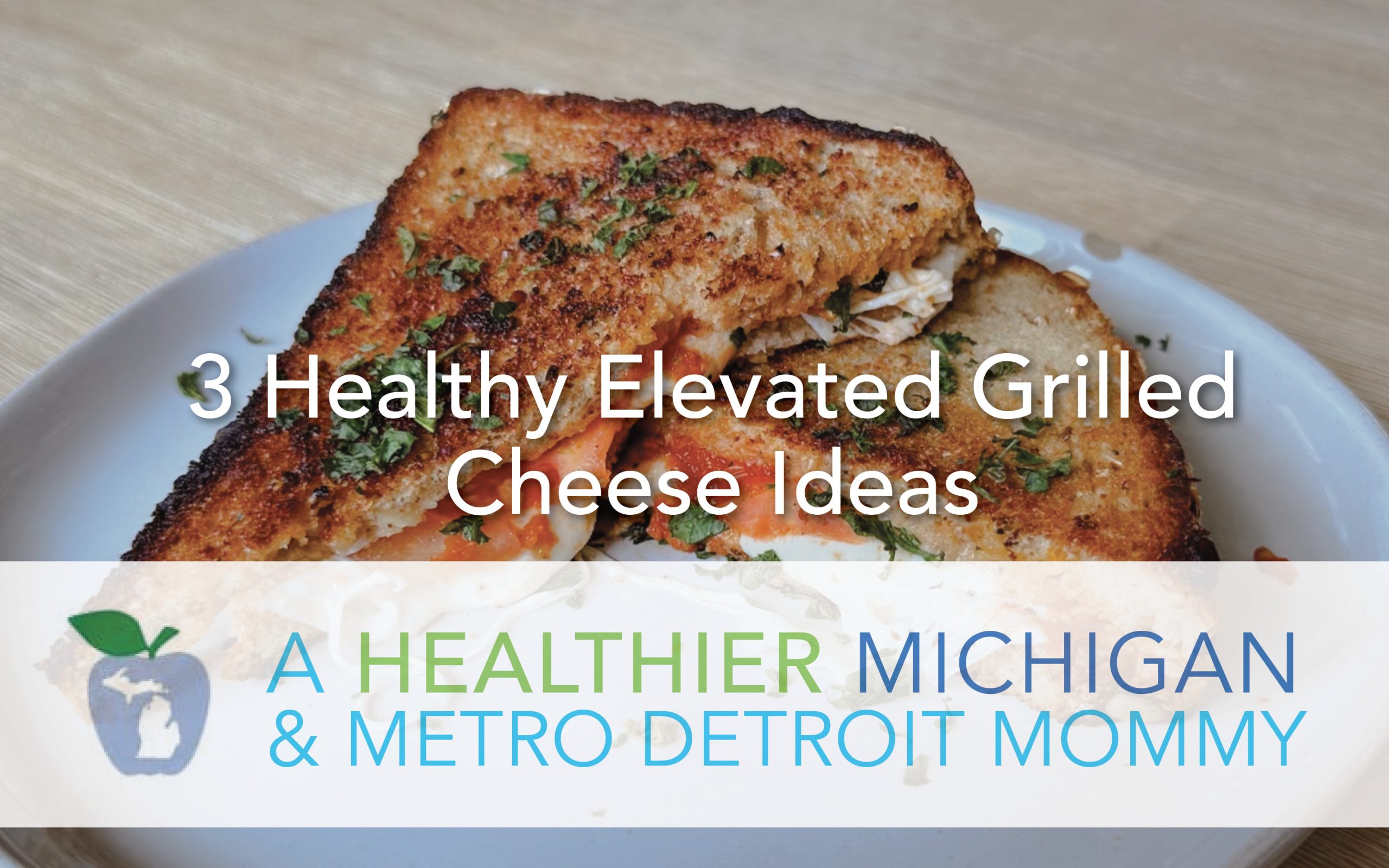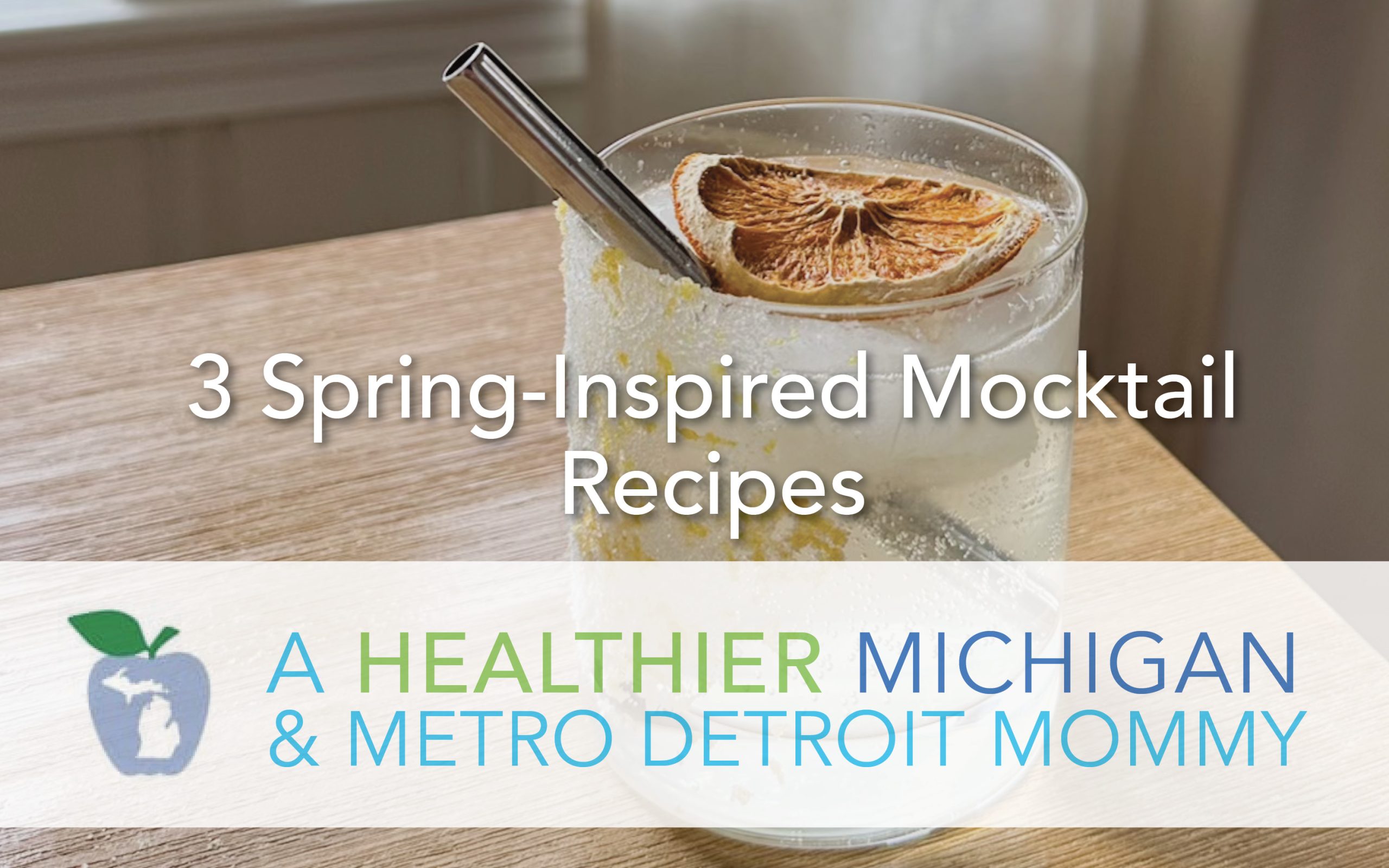Metro Detroit Mommy Blogger Theresa Walker- Beach Body Coach
about you, but there are a lot of practical knowledge things I wish I had
learned earlier in life. One of these
said things, is how to read a food label.
Honestly folks, it wasn’t until I was approaching 30 that I decided I
was tired of feeling, well, sick & tired.
I was tired of headaches and stomach aches. I’d had enough of feeling like I never had
enough energy. I was done with being
over-weight and a couch potato. I knew
what I was eating had a lot to do with how I was feeling and that I had to make
some changes.
in front of me was to re-evaluate what I was eating and drinking. I knew that fast food for lunch every day
wasn’t good for me and I knew pop was also not the best source to get the
majority of my liquid in-take from. What
I also discovered though, was that there was so much more that I was eating
that I thought was healthy, that wasn’t (Lean Cuisine frozen meals,
aspartame-sweetened beverages, sugary fruit cups, etc.). Or times I thought I was fueling my body,
when I really had no clue as to what my body was lacking or needed. I never had thought about taking a look at my
in-take for protein, carbs, fat or fiber.
I’m sure I am not alone in my previous naiveté.
to share with you, how to navigate a food label, which is paramount in knowing
how you are fueling your body each day.
part of a food label, but not the be-all, end-all. One thing you need to remember when it comes
to calories, is it all varies by gender, height and age when it comes to what
is recommended for you. The recommended
2,000 calorie diet is a myth! For
instance, someone like me who is only 5 feet tall, my recommended in-take is
closer to 1,700-1,800 calories a day. I
recommend looking up what your recommended calorie in-take is based on your
specifications. Then think about how you
will divide those calories up per meal and per item in that meal. If you eat a 700 calorie breakfast, that doesn’t
leave much for lunch, dinner or snacks.
Choose wisely.
food label, I’d argue! Why, because even
if it’s not the best food choice, if you eat it in moderation, you’ll do
ok. But, take a closer look at even a
smaller bag pretzels, you may be surprised even though it’s “smaller”, it’s
still 2-3 servings. Even if it’s a healthy
snack like nuts, you’ll also want to look at the serving size, you may find out
you normally eat 2+ servings. Basically,
without knowing how much you are eating, you are lost at looking at your
nutrition. It makes the difference
between losing a pound a week or gaining one.
Bad fats to avoid and eat as little as possible are saturated and trans
fats. Trans is to be avoided entirely.
Poly and Mono Saturated fats are OK, they are good fats and you can find
them in things like avocados, tuna and nuts- all high in Omega’s. Check and see on your item, where the fats
are coming from and that should dictate how much you should eat or if you
should eat it. Remember, you want to eat the good fats, yet still in
moderation. Portion sizes are important
here, so look on that label what is recommended.
repairing your organs, muscles, bones, skin, hair and nails. Protein is a great source of energy and helps
keep you fuller, longer. You want to try
and eat one food per meal that will provide you with some protein. Chicken, fish, meat, eggs, beans, yogurt, cheese,
milk etc. will all provide you with a good amount of protein. If you find you are often hungry, it could be
you are not eating enough protein with your meals. Salads are great for lunch, but personally I
know unless I add some lean protein, I won’t be full for long; so top that
salad with chicken or eggs. Keep in mind,
you can also get protein from *whole* grains, which is one of the reason my
family eats only whole wheat breads or grains like quinoa & brown rice. I look for the best overall choice- if it has
fiber and protein, it packs a bigger nutritional
punch.
There are 2 types of fiber: Insoluble fiber which does not dissolve,
thus helps things move quicker through your digestive track for healthy elimination. Insoluble fiber is in green leafy veggies,
celery and carrots. The second type of
fiber is soluble fiber which dissolves into a gel-like texture and slows down
digestion which then keeps you fuller longer.
Cucumbers, berries, beans and nuts are good sources of soluble
fiber. To have a healthy gut, it’s
recommended women get 25g a day, men 38g.
So check those labels, you want to be getting some fiber at each meal. If you are eating whole grains, you’ll be
getting a good amount of fiber right there.
scared of carbs, mainly thanks to Mr. Atkins!
However, carbs are not bad, especially if you are eating them in the
form of whole grains (see a pattern with the grains?). Don’t forget veggies and fruits are also
considered carbs. Carbs are an excellent
source of energy and if you are eating whole grains, you go back to getting a
good amount of fiber. If you are eating
only white breads and pasta, they contain more sugar, tiny amounts of fiber and
will only give your blood sugar a spike, and then a crash making you tired. If you are active, carbs are also an
excellent way to fuel. If you’re making
good choices with your carbs, there is no reason to be scared of them. One of my favorite breakfasts is a whole
grain waffle topped with berries or a bit of peanut butter, yum.
I’m throwing this in there because sodium is something you do *not* want
a lot of in your food. I’ve found a
surprising amount in various foods I eat, especially canned or frozen foods, so
be on the look-out. Sodium increases
blood pressure, which is the main reason we should try to avoid ingesting too
much. Sodium also increases risk for
stroke, heart disease and kidney disease.
A little bit is ok, but if one item has 50% of your daily value, I’d suggest
grabbing something else. Check what is in your pantry and you may be surprised
at some of the sodium levels.
the top things I look for on a food label and in the foods I eat and feed my
family. Since I have learned about the
important role of each and pay attention to the ratio, I have much more energy,
better digestion and I don’t get many headaches and rarely a stomach ache. If diet can positively affect our quality of
day to day life as well as longevity, why not do what we can to empower
ourselves before making a food choice?
Theresa is a wife and stay at home mother of 2 boys, David (13) and Aiden (10). Her hobbies include traveling, reading, running, cooking and volunteering at MI Humane Society with the adoptable cats. She also spends her free time serving as PTO President at her son’s elementary school. She enjoys being active and is proud to have completed 4 marathons. She loves to share her passion for health and fitness with others.









